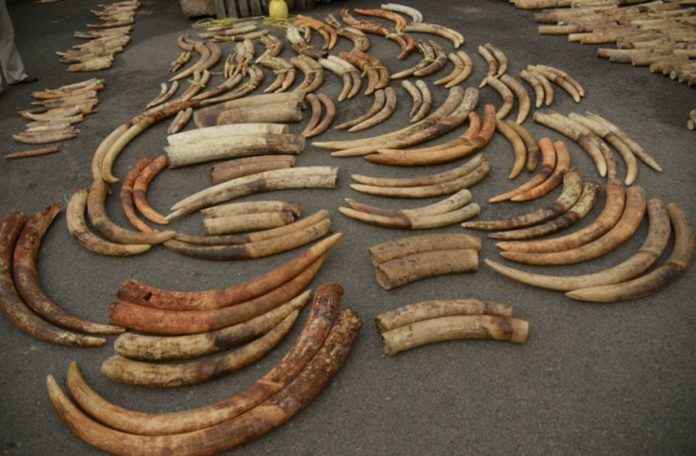The illegal ivory trade, combined with habitat degradation, climate change, and other factors, has wiped out Africa’s two elephant species.
Although authorities seize ivory from elephants who have already been murdered, the tusks can provide vital information by revealing poaching, shipment activities, and traffickers’ connections.
U.S. Homeland Security special agents and scientists from the University of Washington worked together to identify the international criminal networks that are responsible for ivory trafficking out of Africa. The genetic links they’ve discovered across shipments reveal an even greater level of organization within ivory smuggling networks than previously thought.
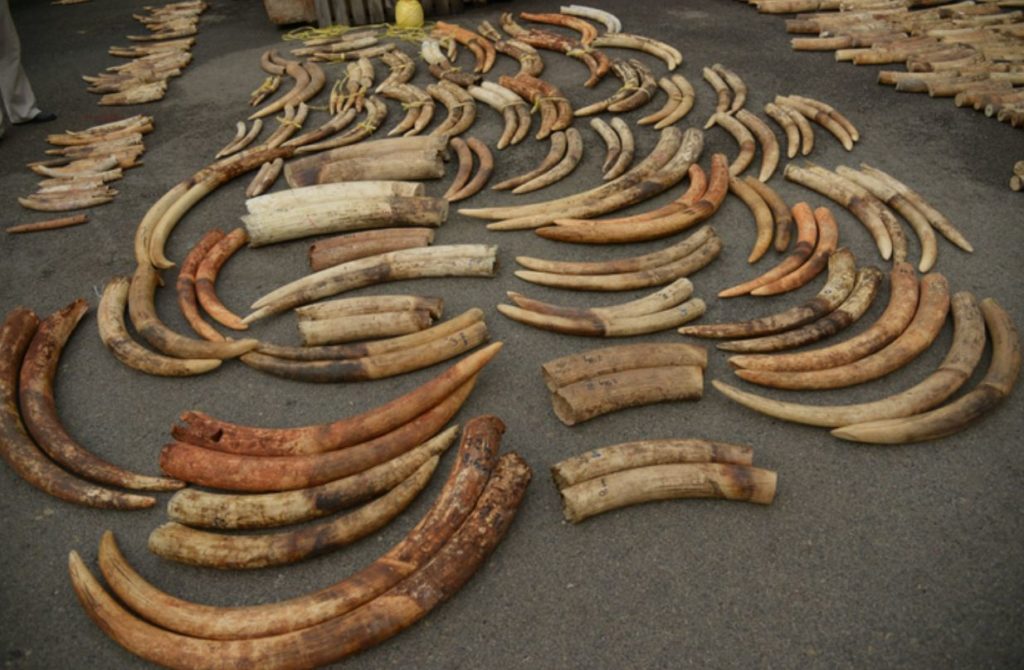
The results of DNA testing of more than 4,000 African elephant tusks from 49 distinct ivory seizures undertaken in 12 African countries over a 17-year span are included in the article, which was published today in the journal Nature Human Behaviour.
Wasser and his collaborators previously identified tusks from the same elephant that were separated and trafficked in different shipments before being intercepted by law enforcement in a study published in the journal Science Advances in 2018.
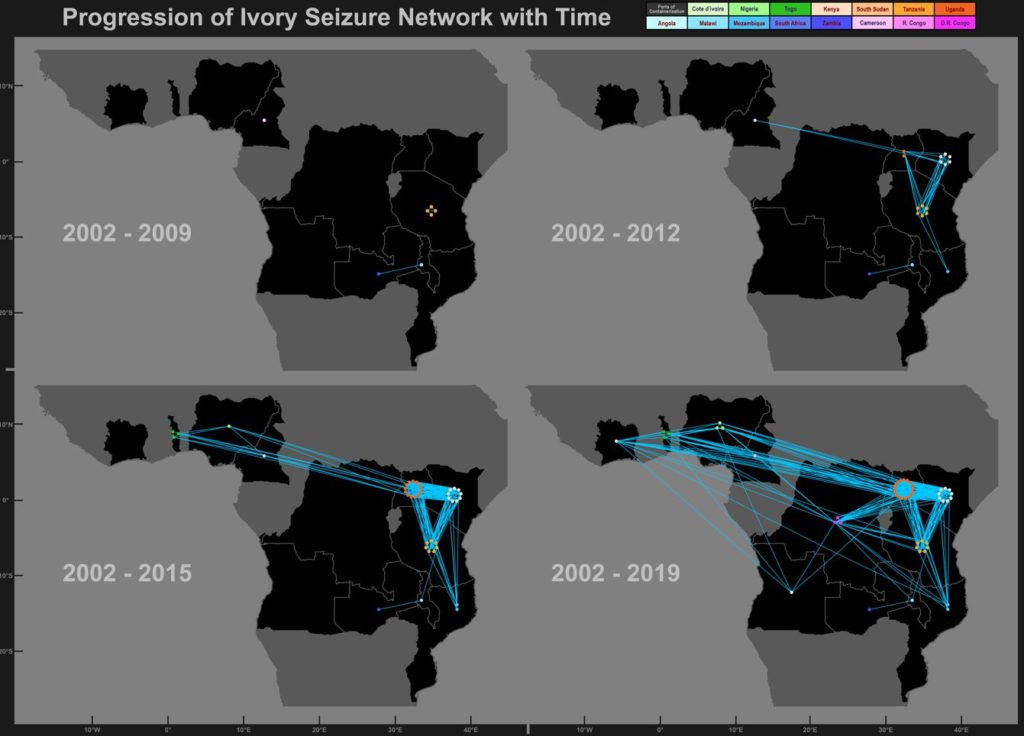
The discovery of both tusks from the same source linked the two seizures to the same human trafficking networks. From 2011 to 2014, these efforts suggested that cartels mostly smuggled ivory out of three African ports: Mombasa, Kenya; Entebbe, Uganda; and Lomé, Togo.
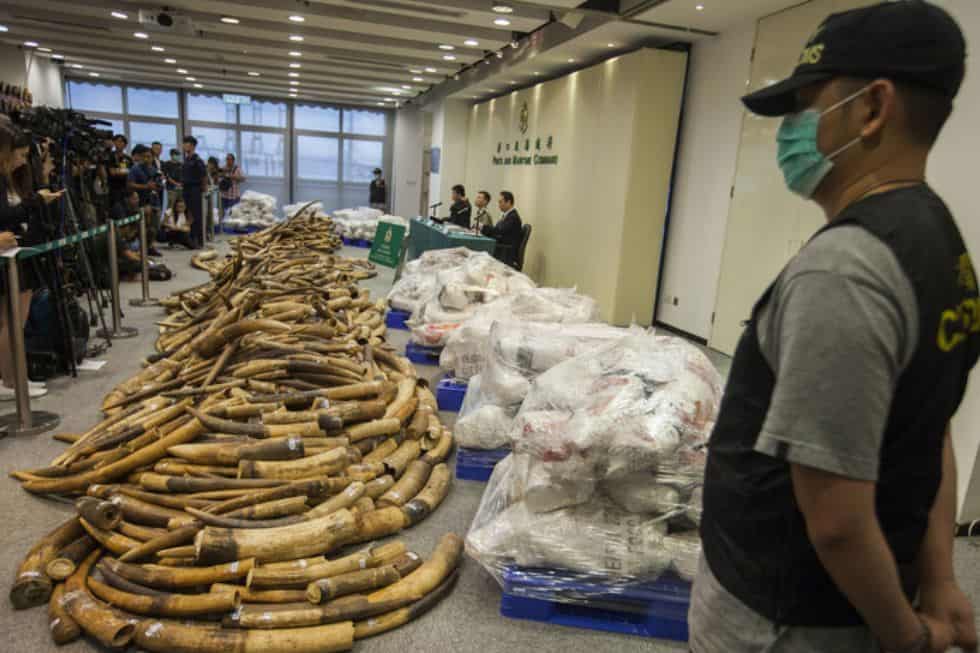
Wasser and his colleagues used this new project to expand their DNA research and testing to include tusks from elephants that were close relatives – parents and kids, full siblings and half-siblings. Including close relatives broadens the reach of the attempt, according to Wasser.
“If you’re trying to match one tusk to its pair, you have a low chance of a match. But identifying close relatives is going to be a much more common event, and can link more ivory seizures to the same smuggling networks,” says Wasser.
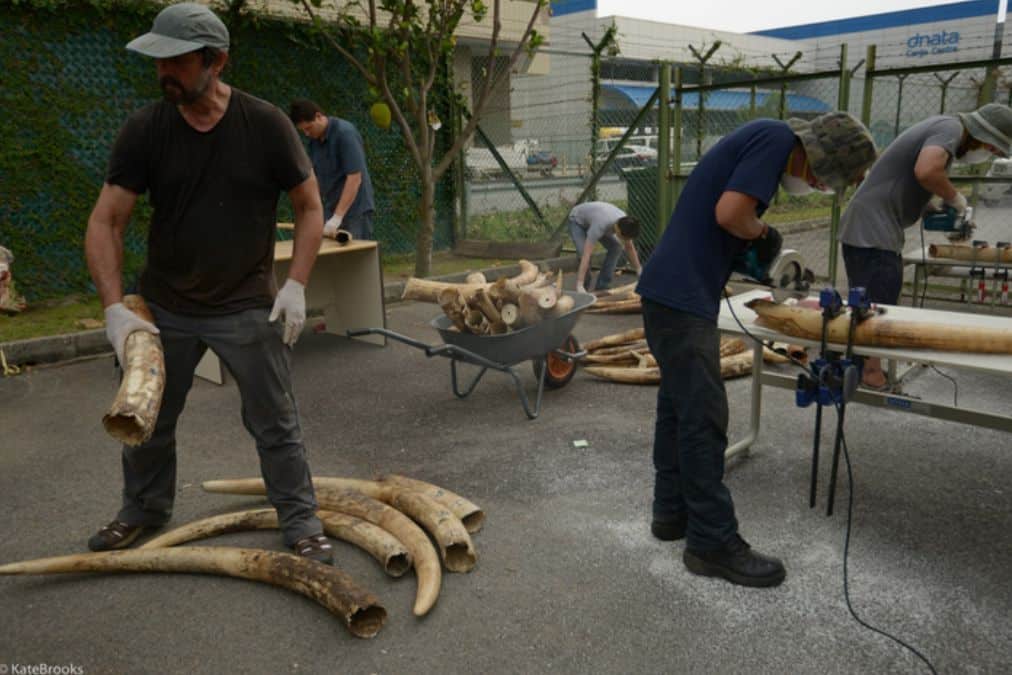
The team used this improved technique on 4,320 tusks confiscated from 49 different major shipments totaling 111 metric tons of ivory, all from forest elephants, Loxodonta cyclotis, and savannah elephants, Loxodonta africana, between 2002 and 2019. The findings indicated that the bulk of these cargoes might be traced to identical tusks from the same individual or close relatives.
“Identifying close relatives indicates that poachers are likely going back to the same populations repeatedly — year after year — and tusks are then acquired and smuggled out of Africa on container ships by the same criminal network,” adds Wasser. “This criminal strategy makes it much harder for authorities to track and seize these shipments because of the immense pressure they are under to move large volumes of containers quickly through ports,” said Wasser.
The genetic data suggest that most major ivory shipments are most likely the result of a few interconnected smuggling networks, most of which are shipped from ports in Kenya, Uganda, and Nigeria.
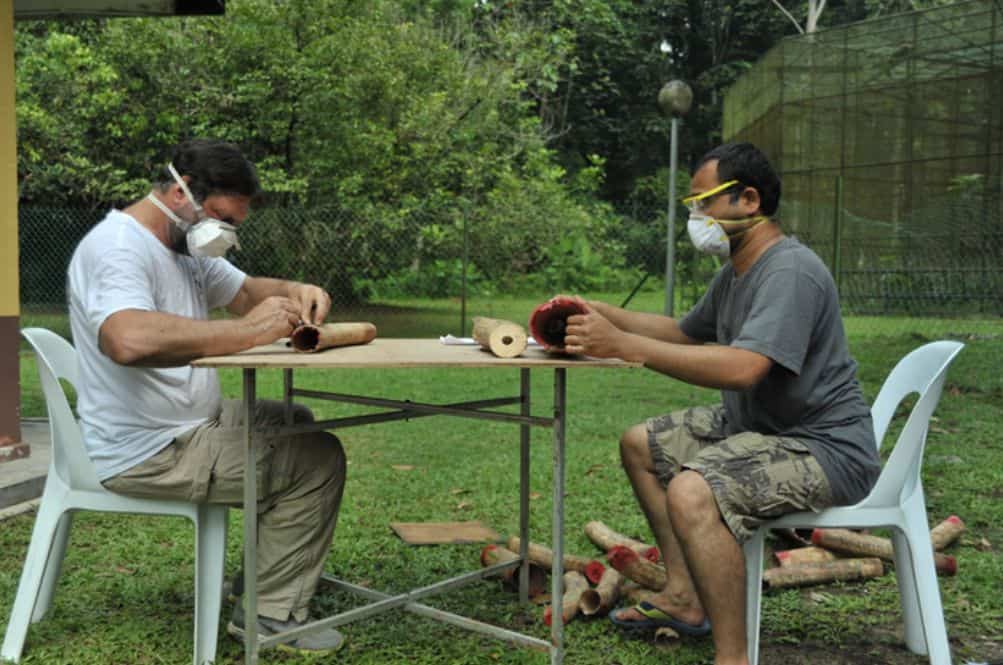
By widening the research to include tusks from near relatives, the team was able to connect seizures from a dozen nations in Central and Western Africa, spanning the Atlantic Ocean from Ivory Coast to Mozambique on the Indian Ocean.
“By linking individual seizures, we’re laying out whole smuggling networks that are trying to get these tusks off the continent,” adds Wasser.
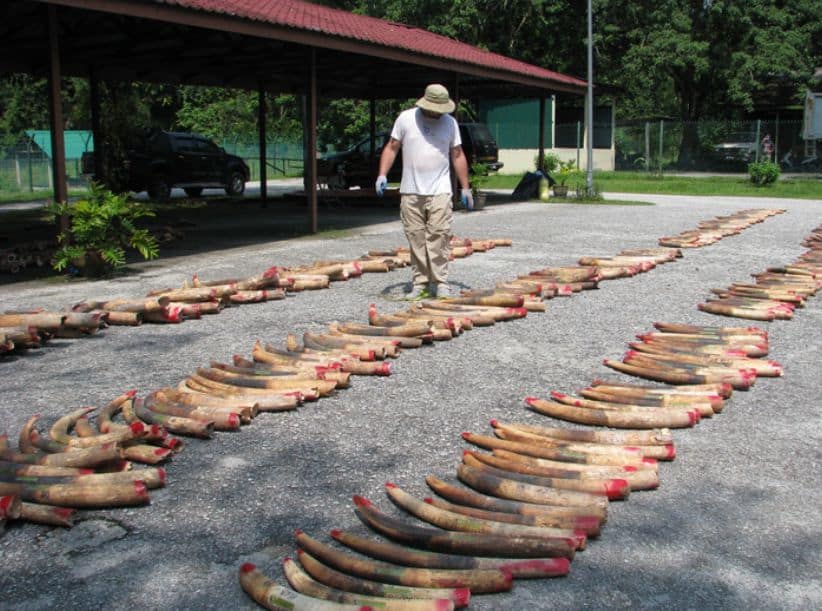
The perpetrators responsible for a single ivory seizure would have been tried solely for that seizure. However, this new DNA data could bolster investigations and prosecutions by associating accountable international criminal groups with repeated seizures, resulting in more severe fines.
Source: 10.1038/s41562-021-01267-6
Image Credit: WASSER ET AL. 2022, NATURE HUMAN BEHAVIOUR
You were reading: DNA testing uncovers tactics used by big ivory cartels out of Africa
